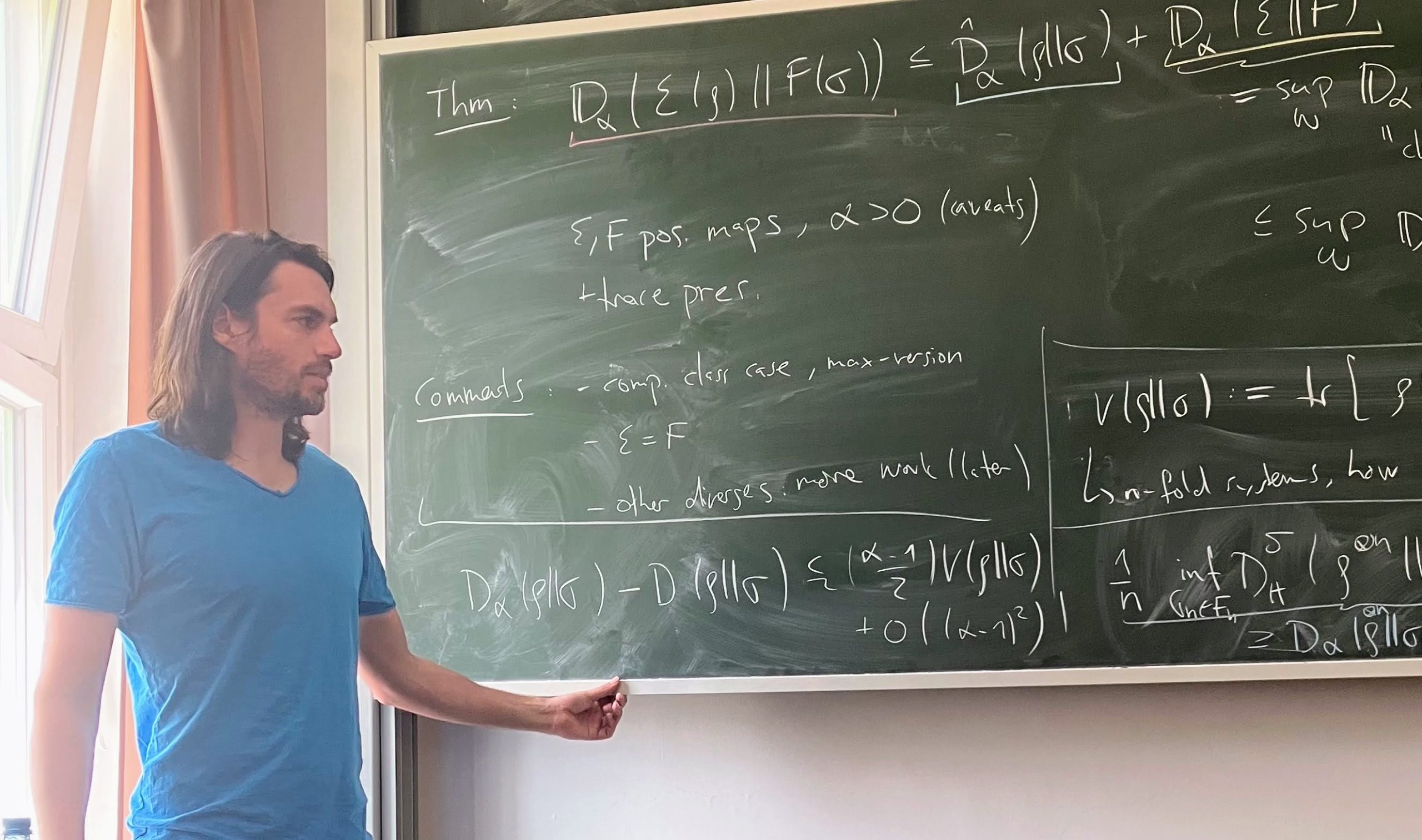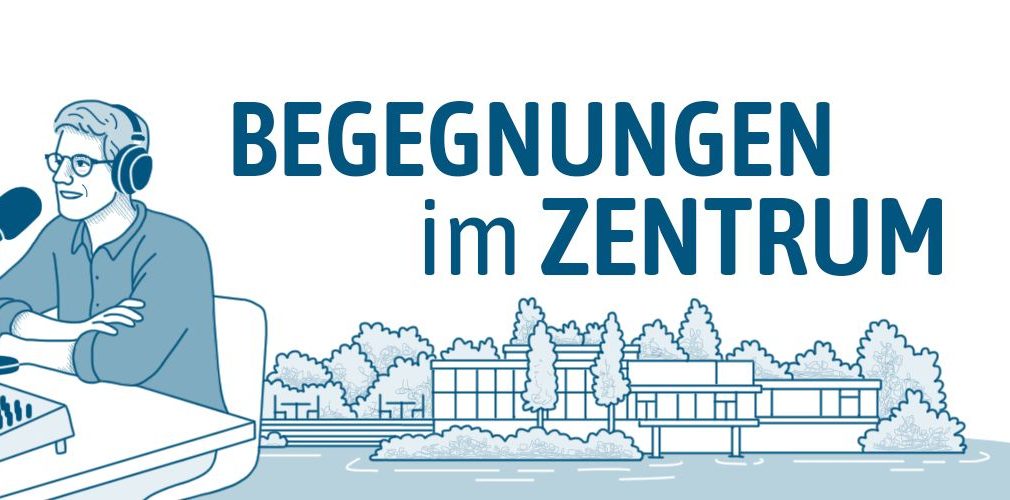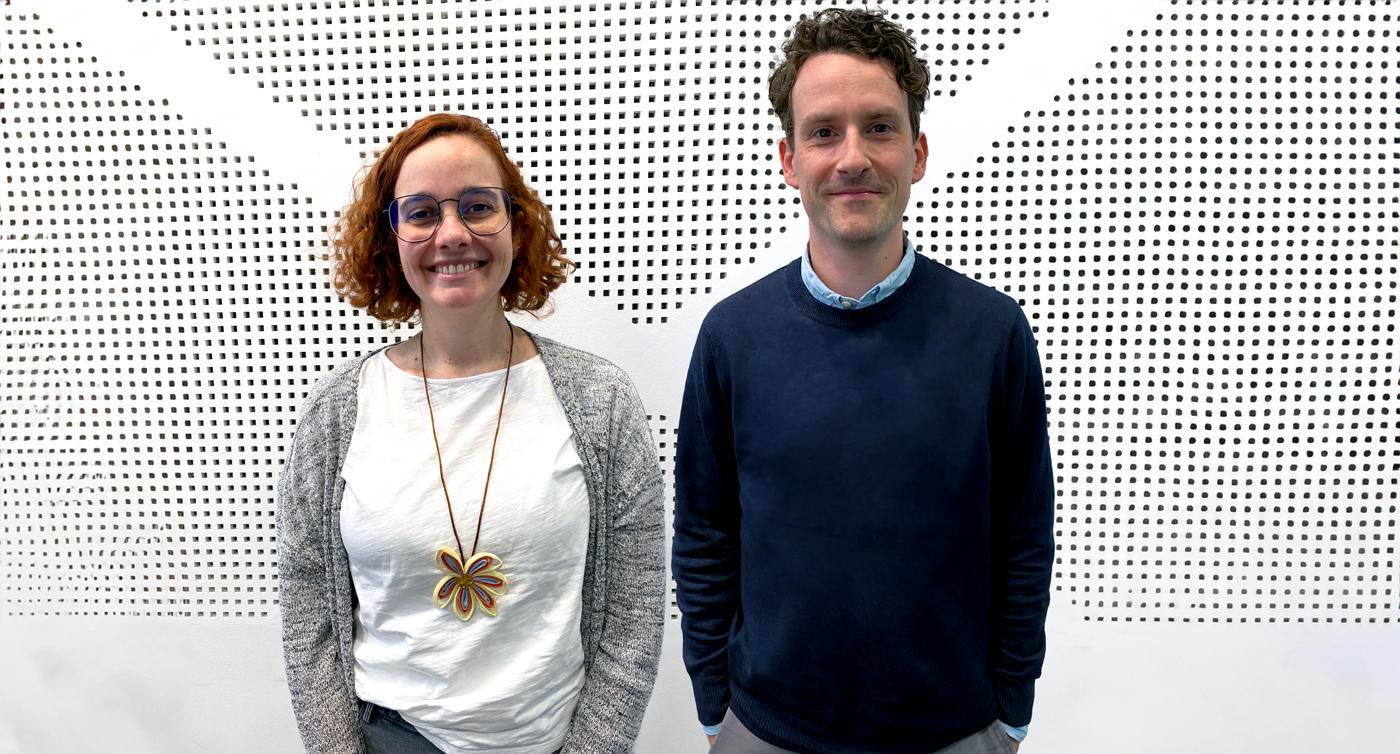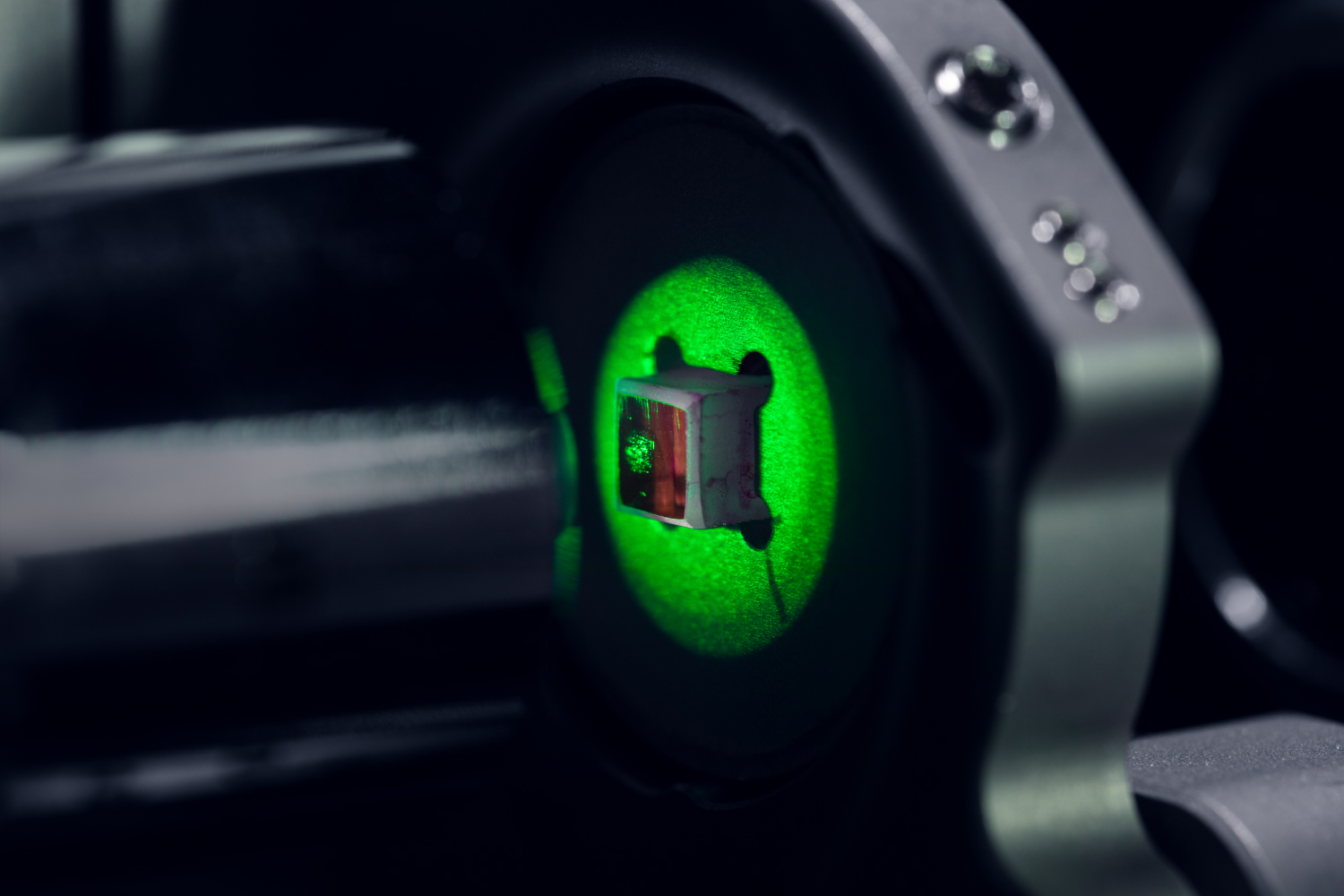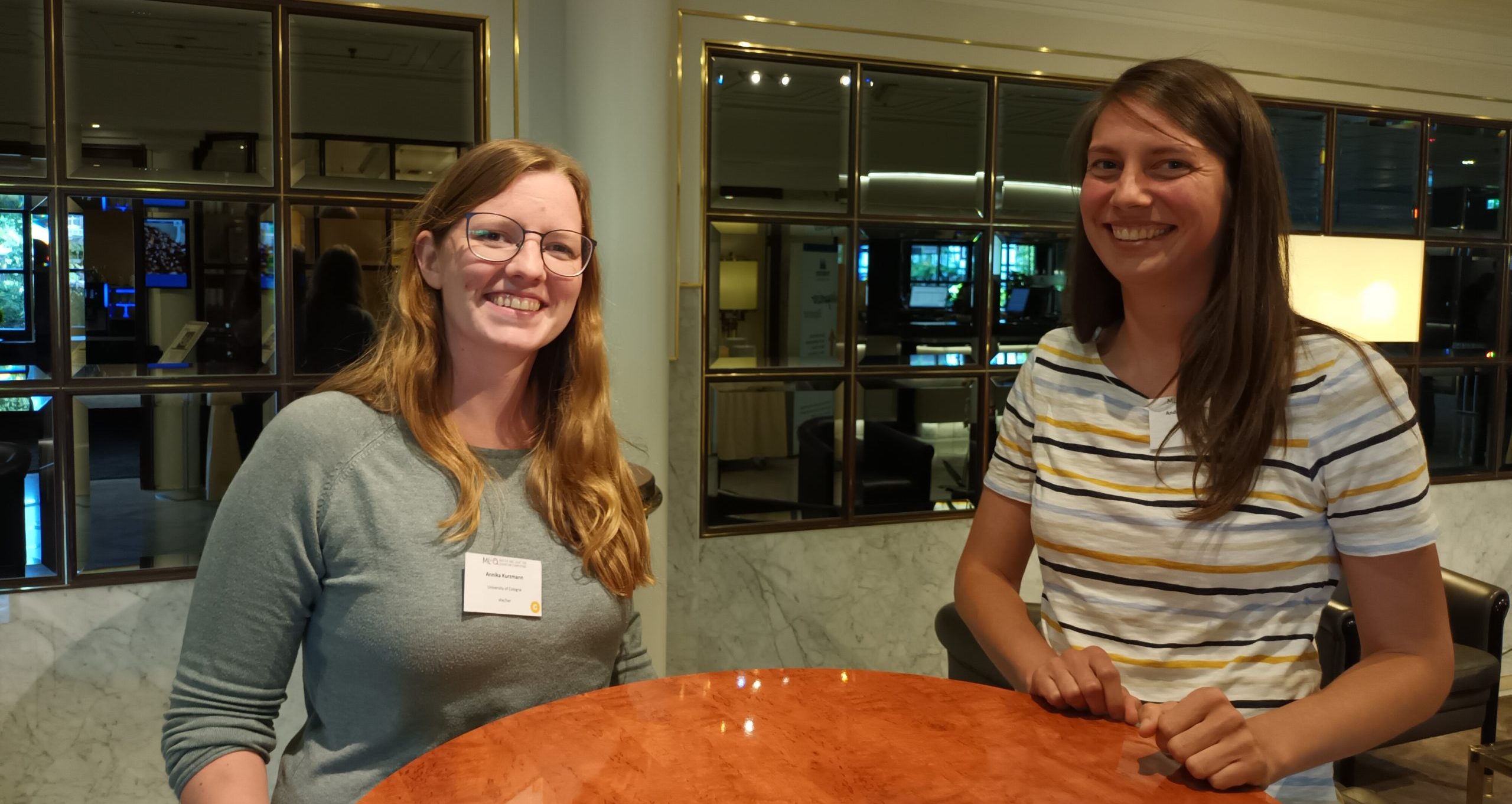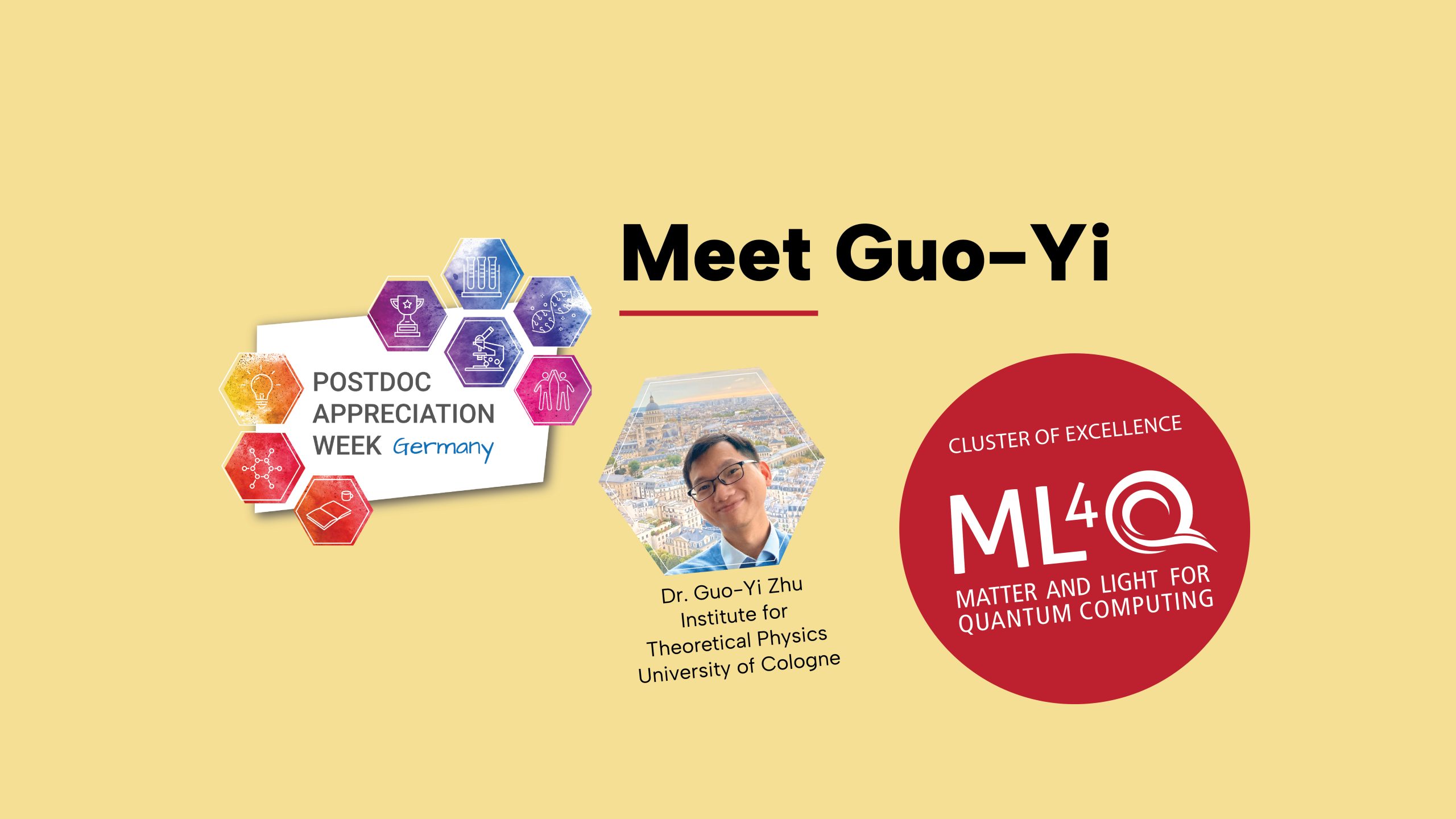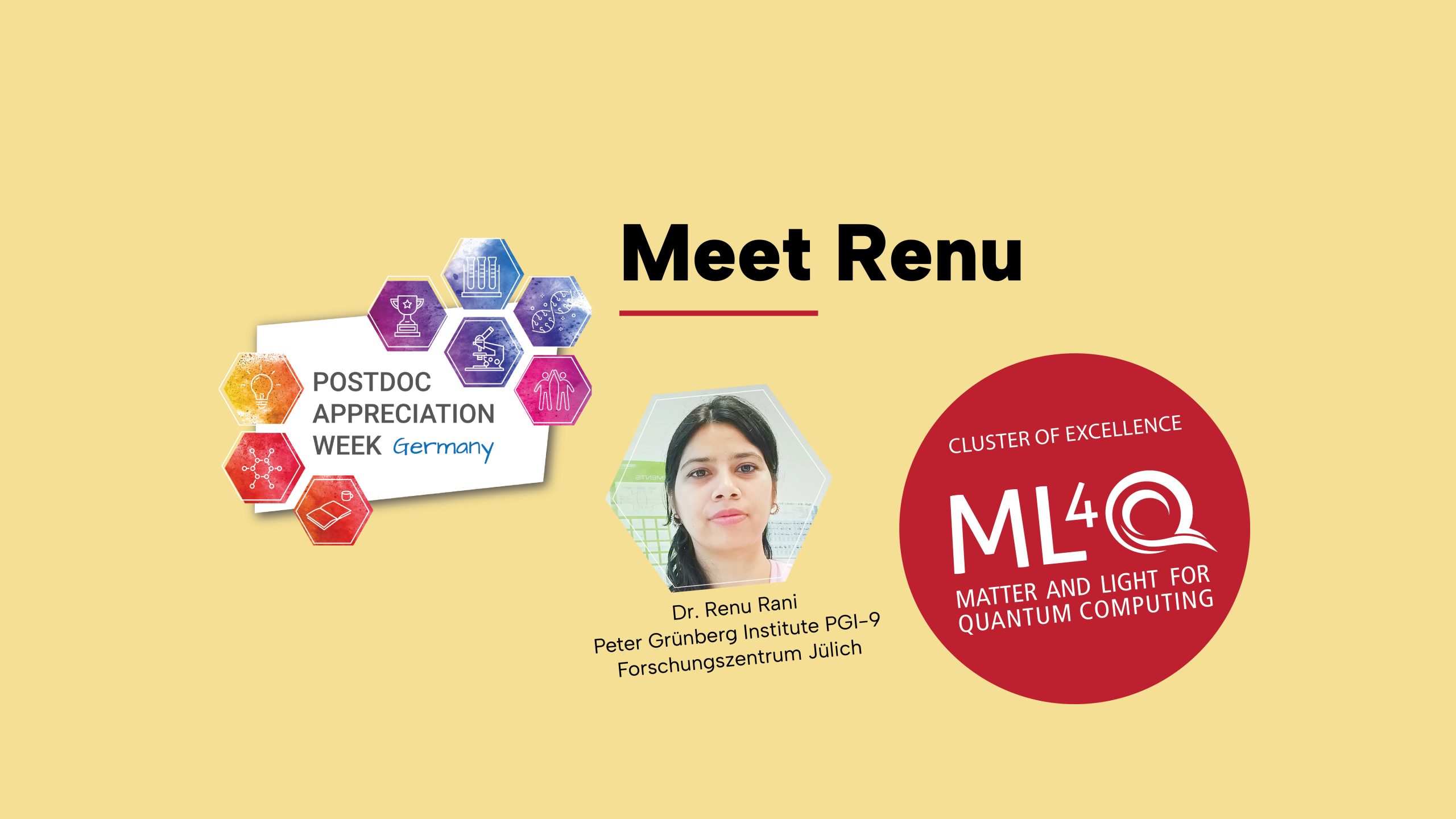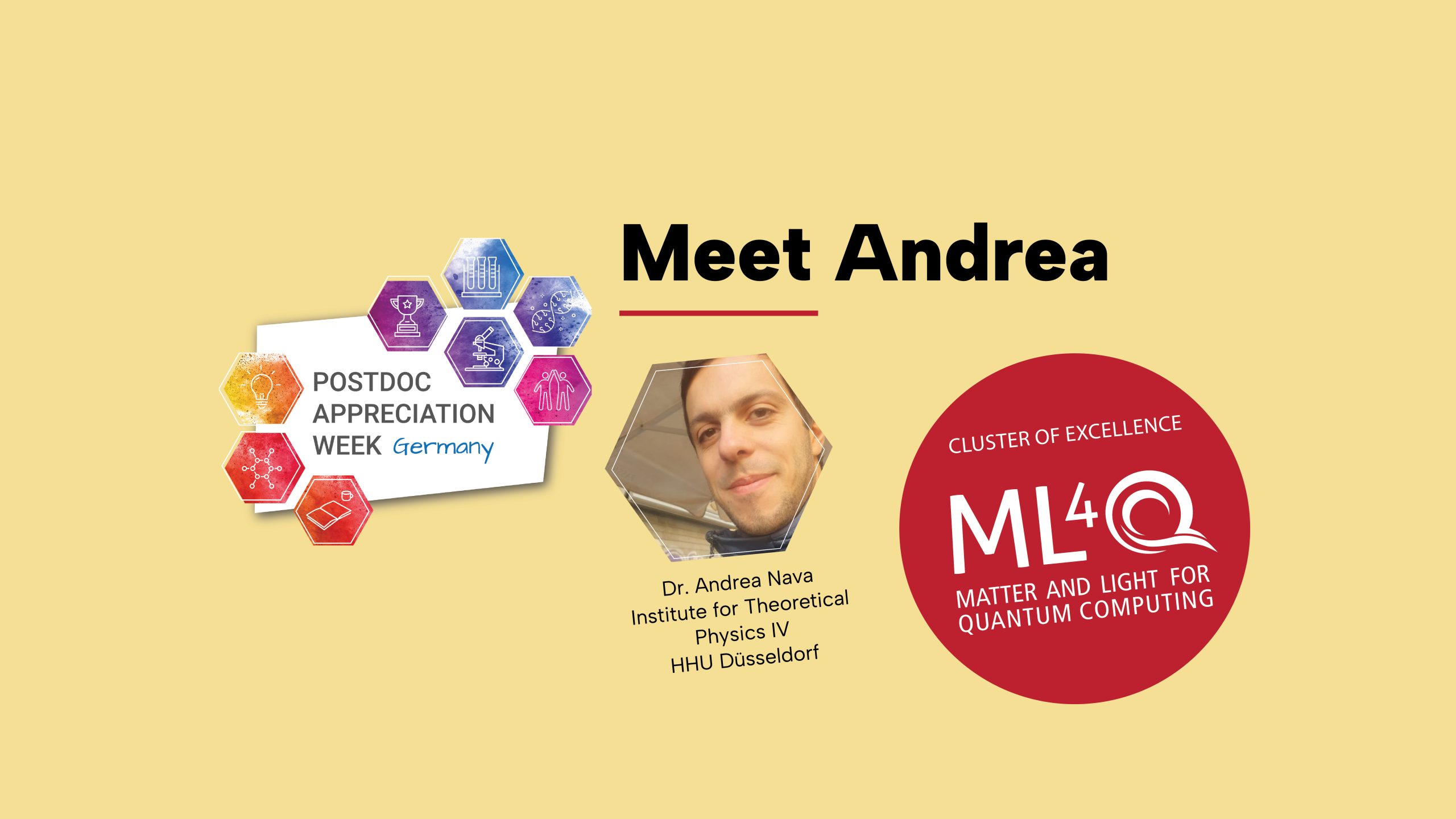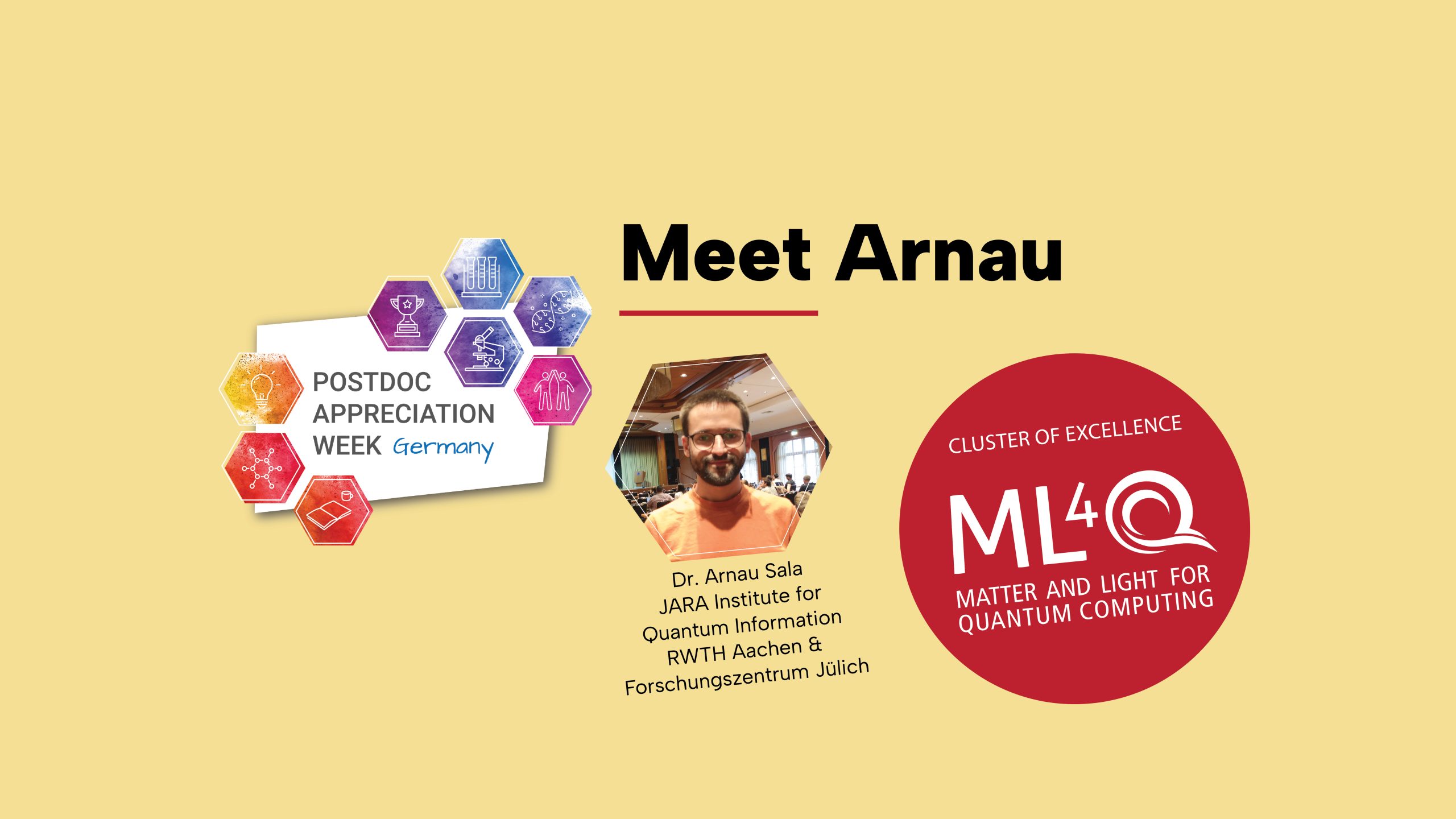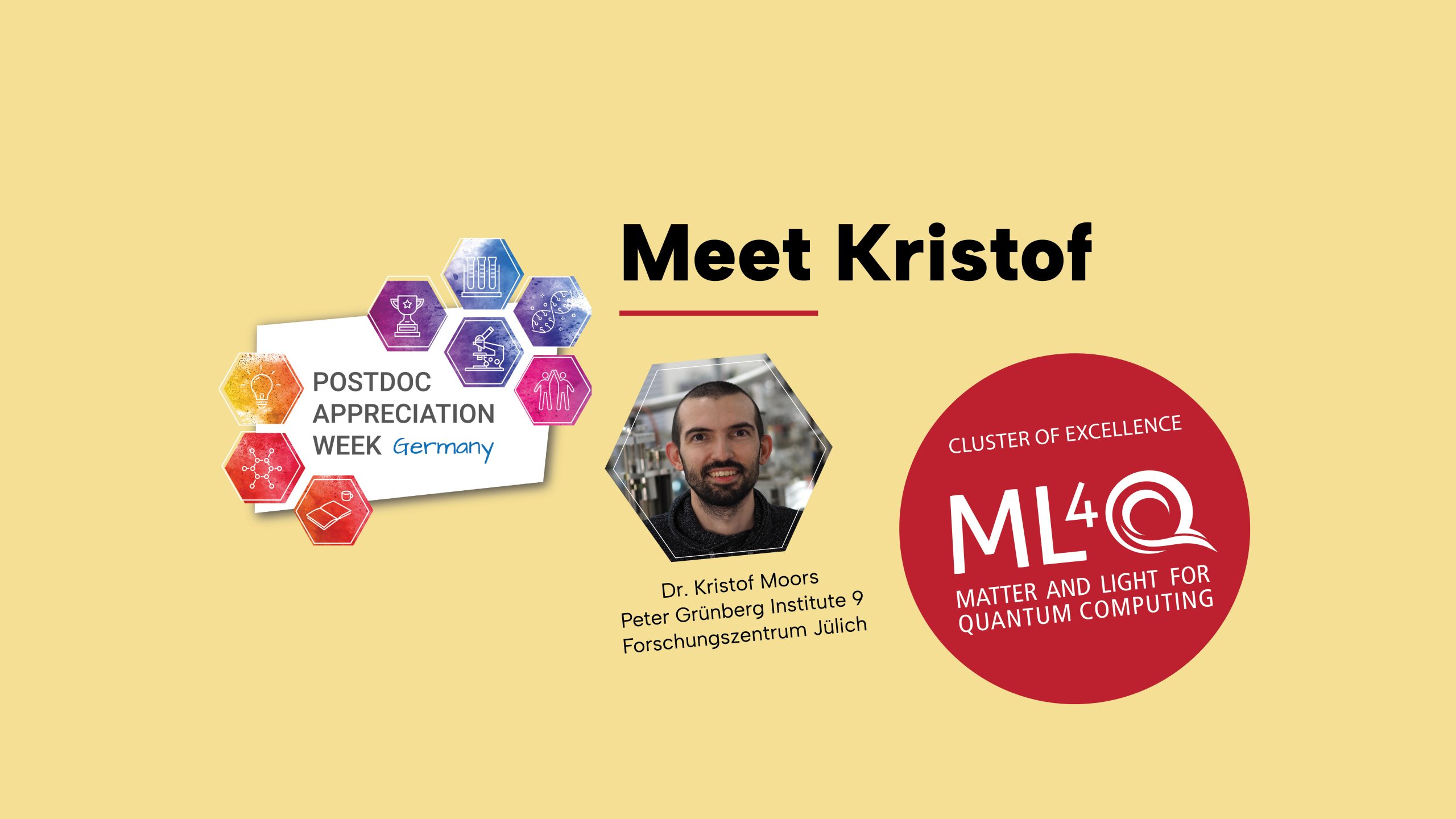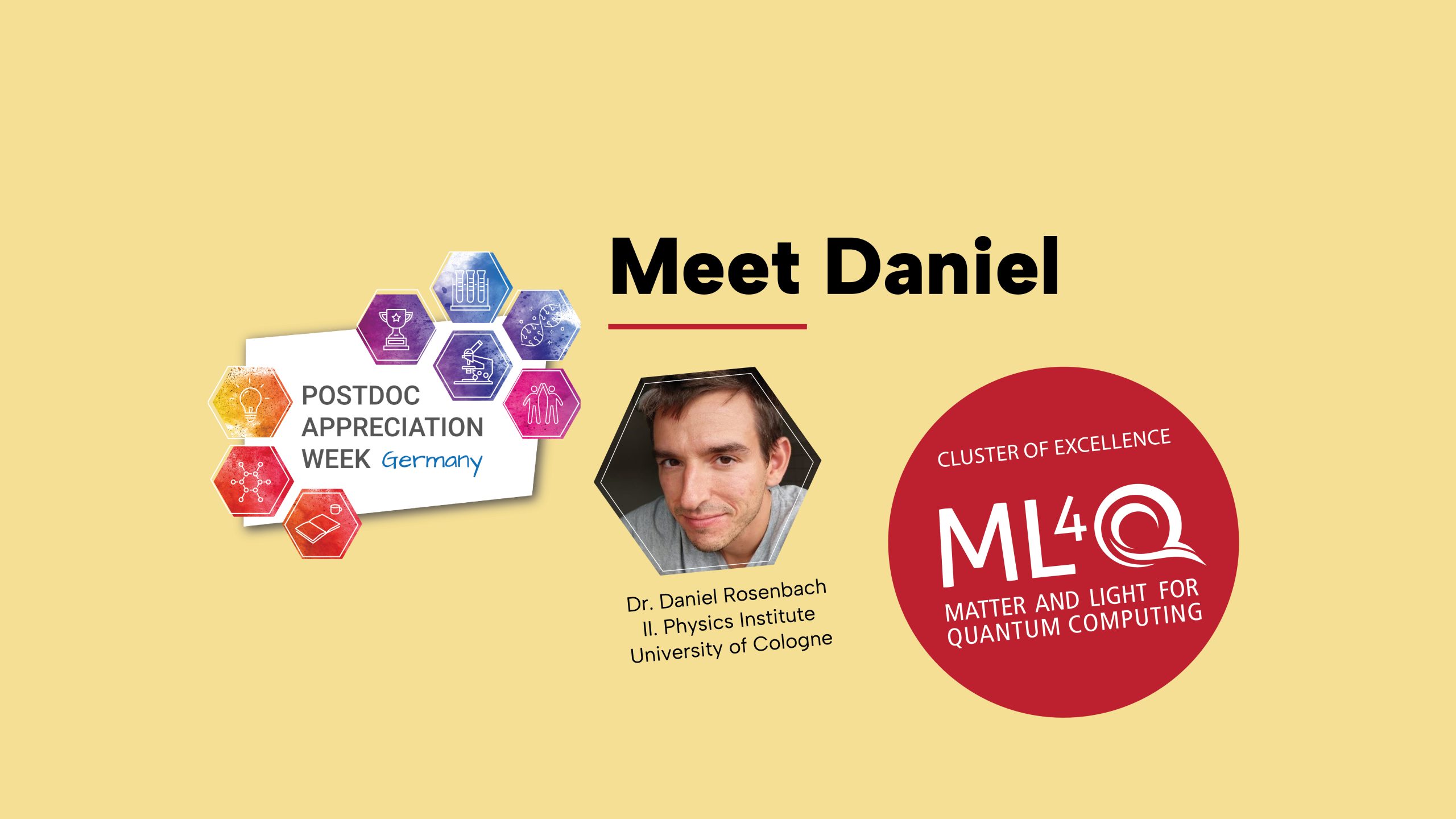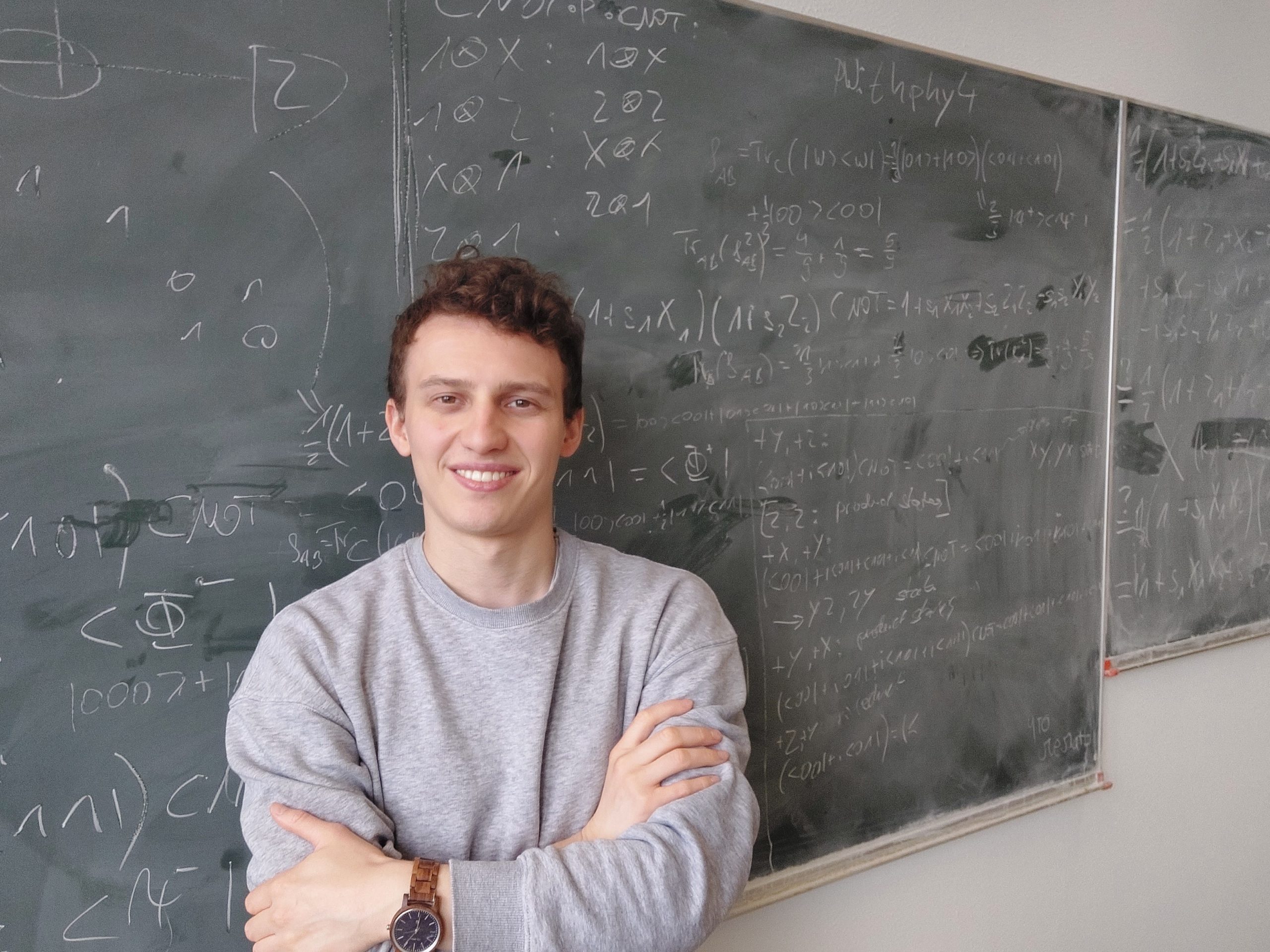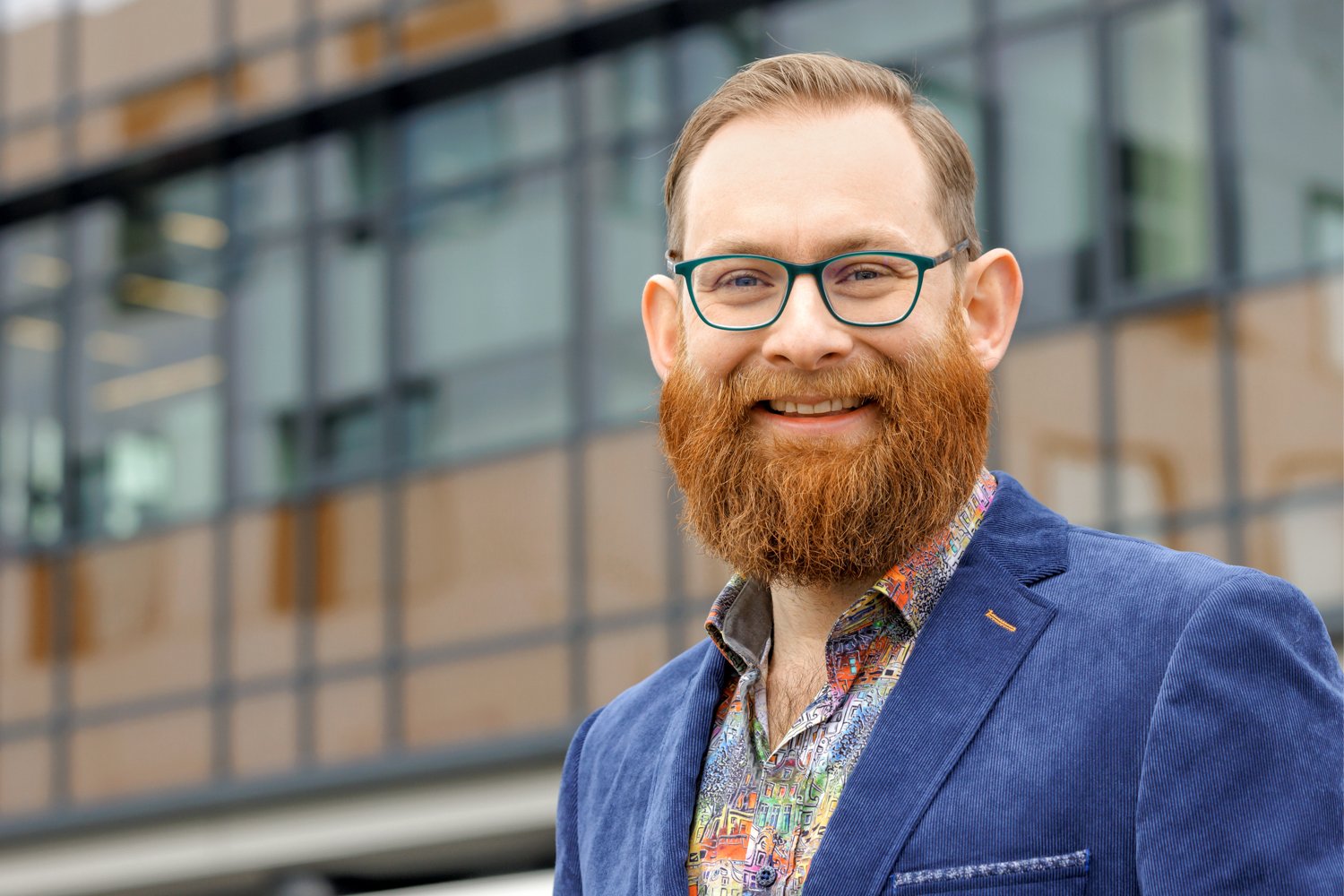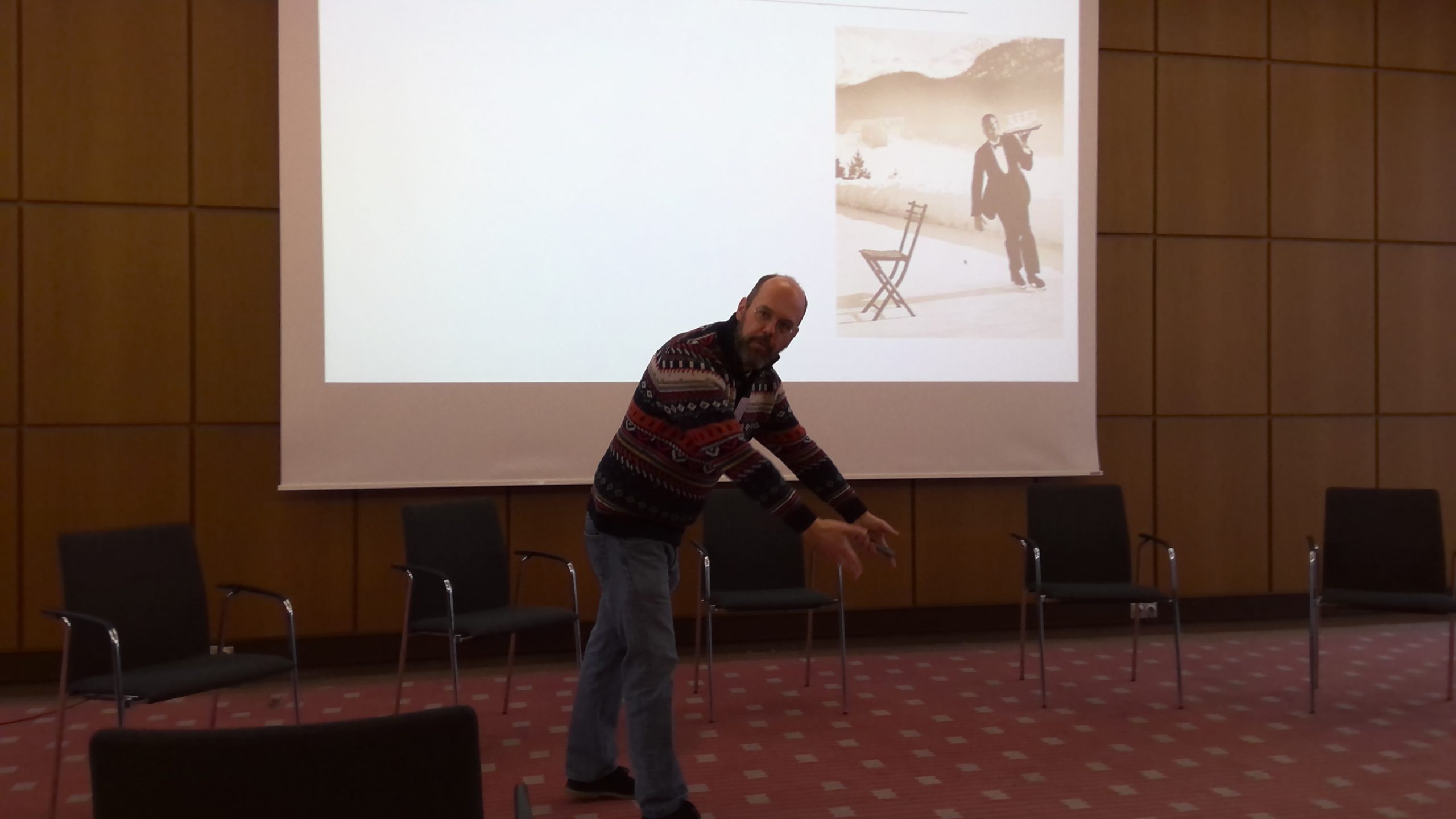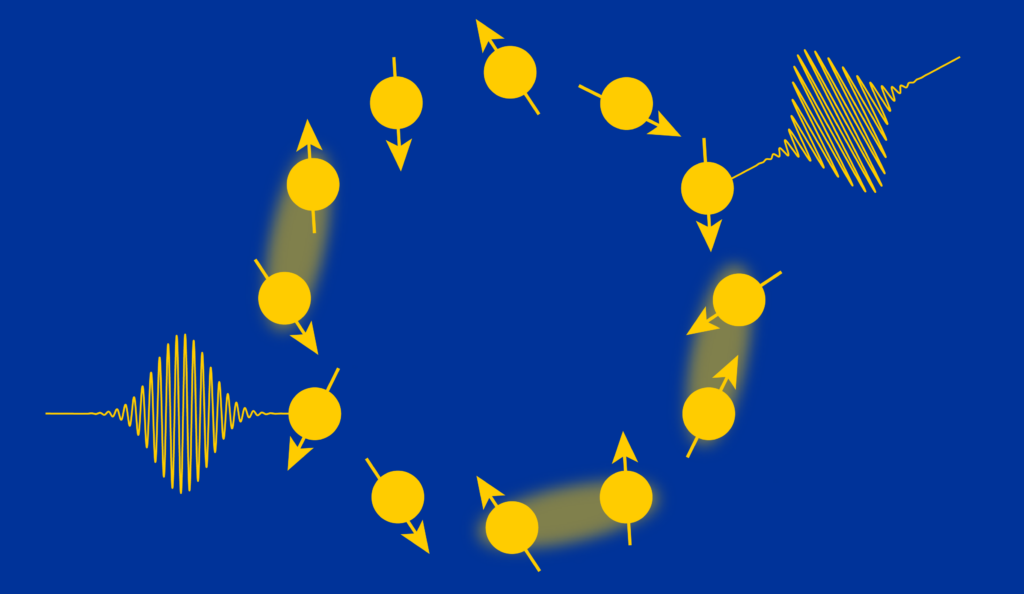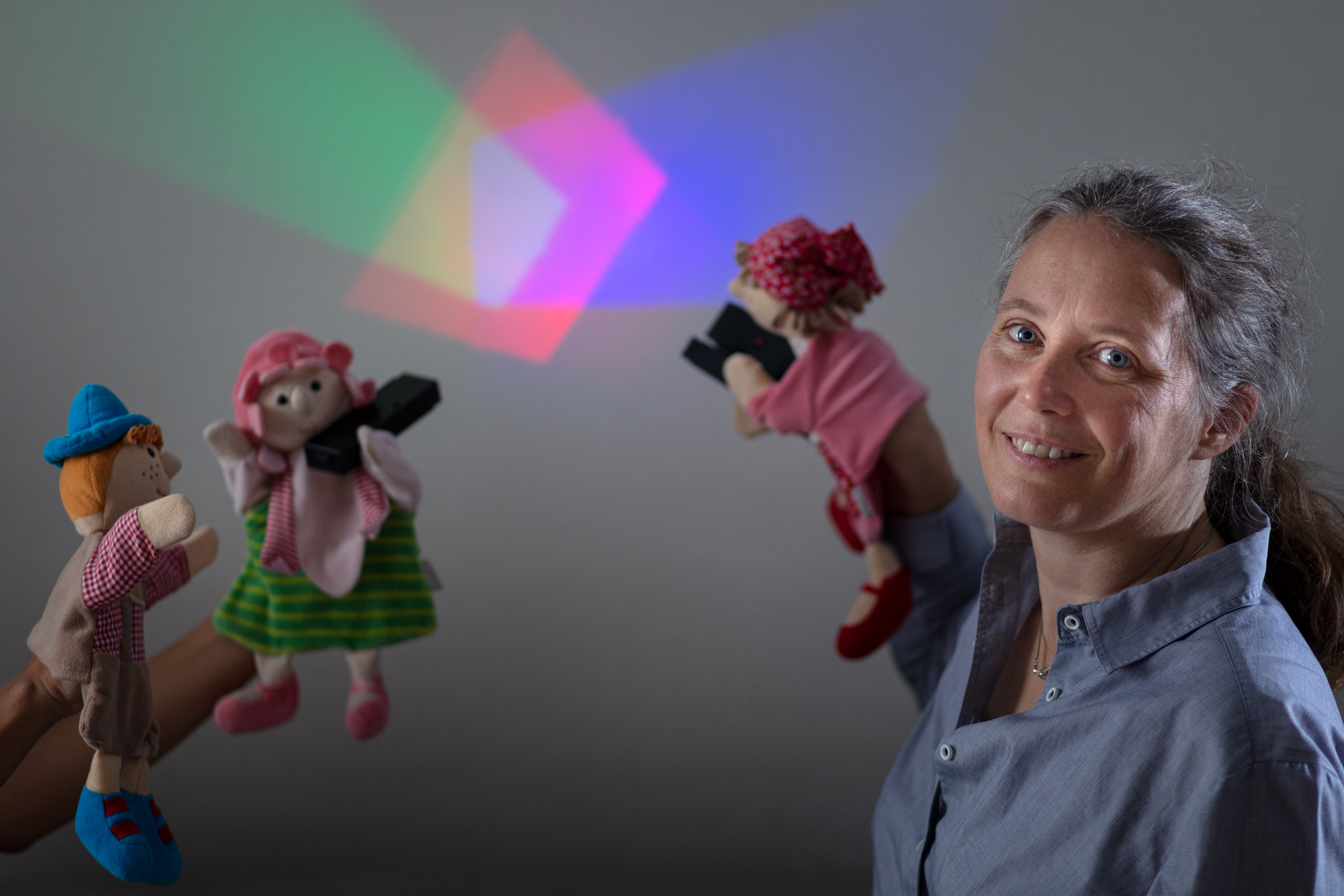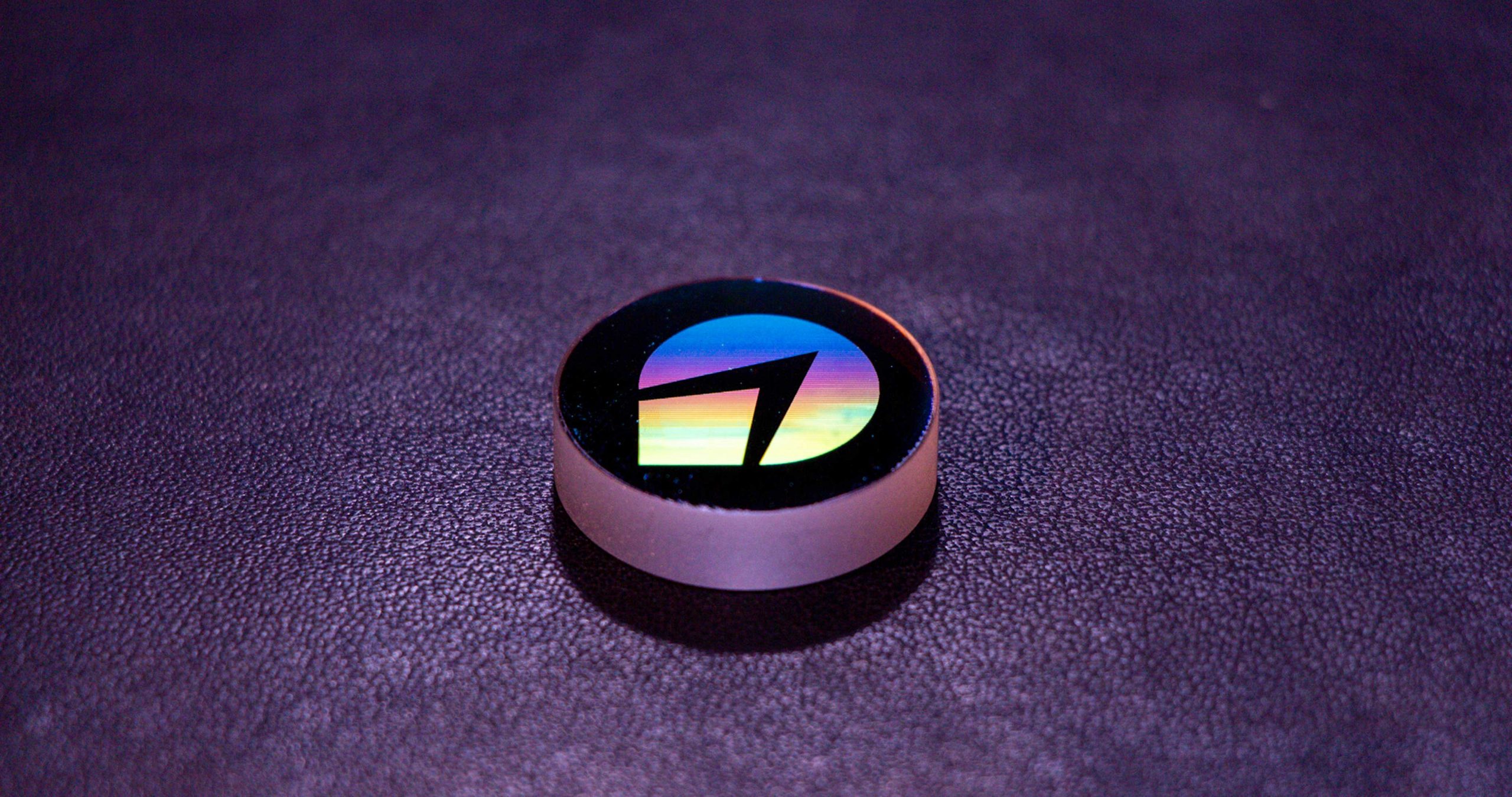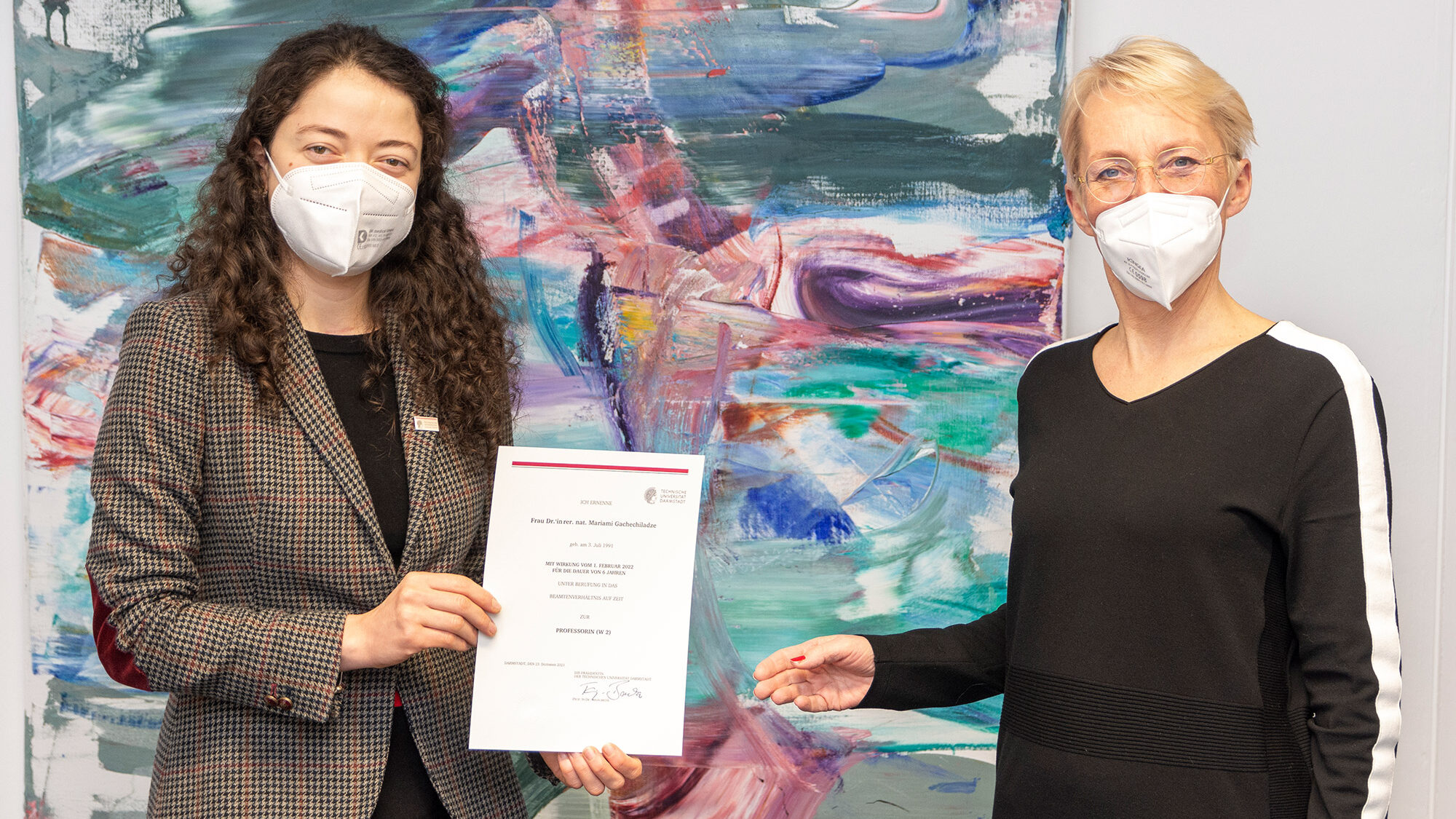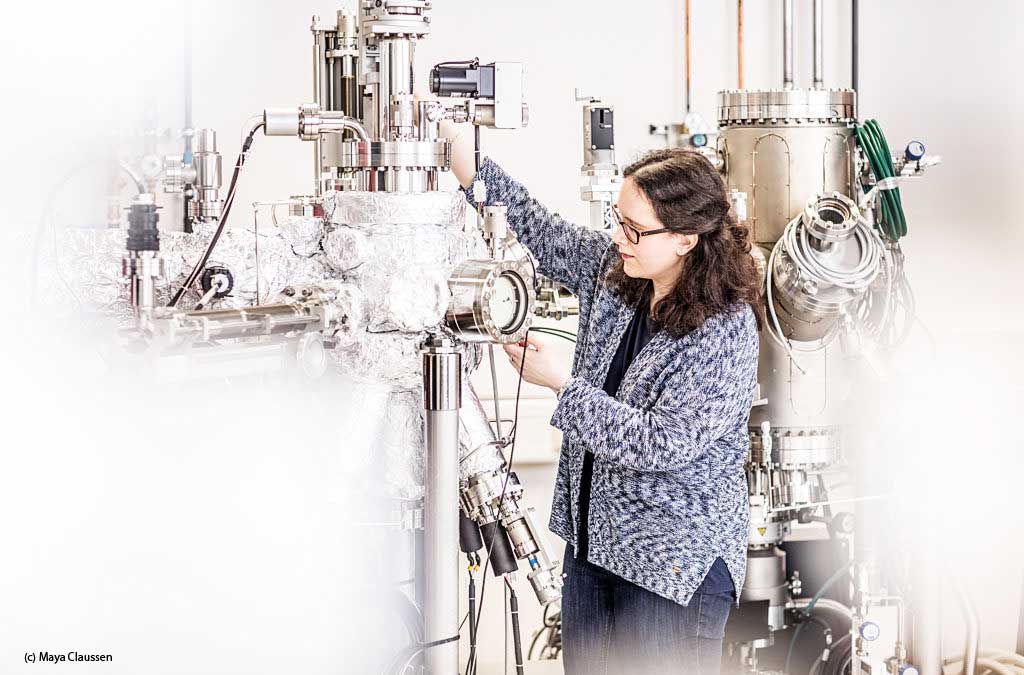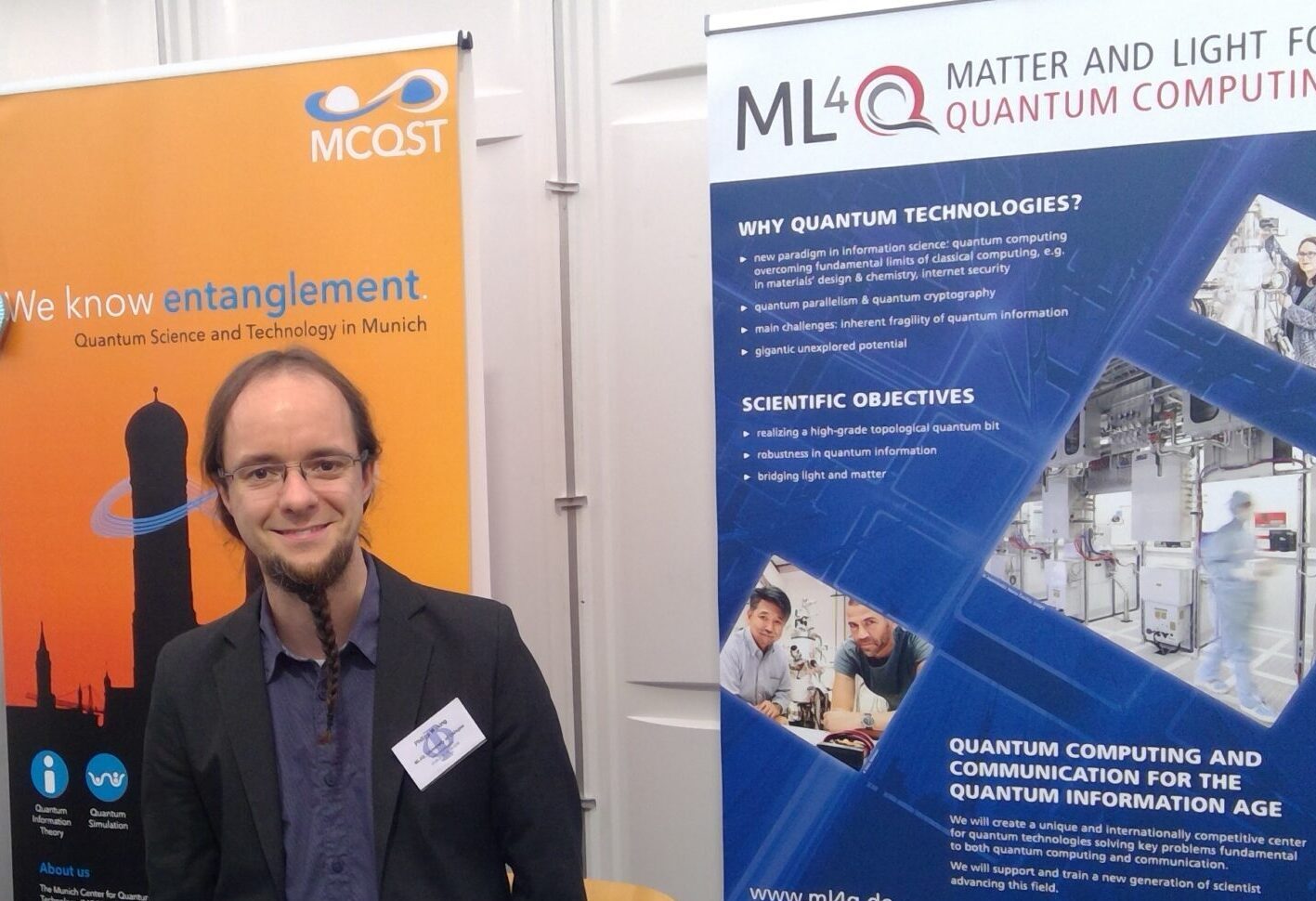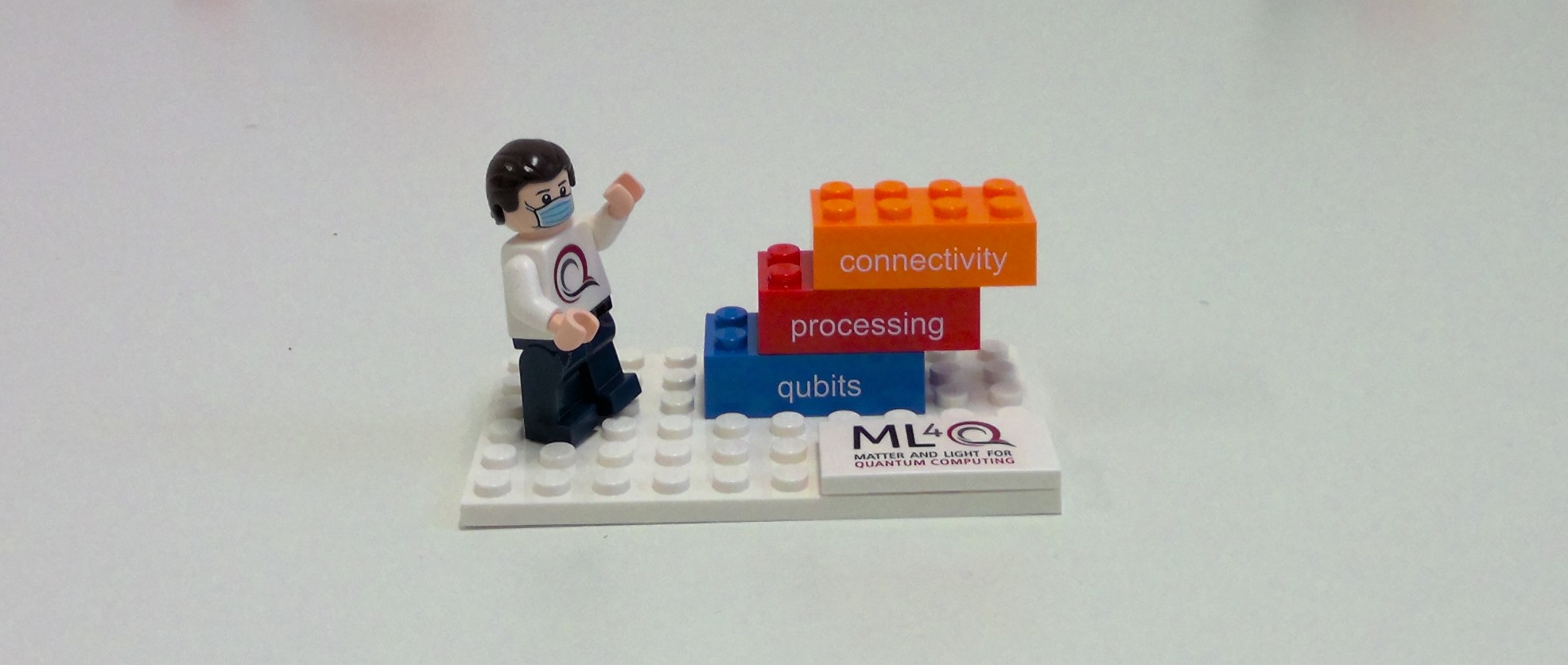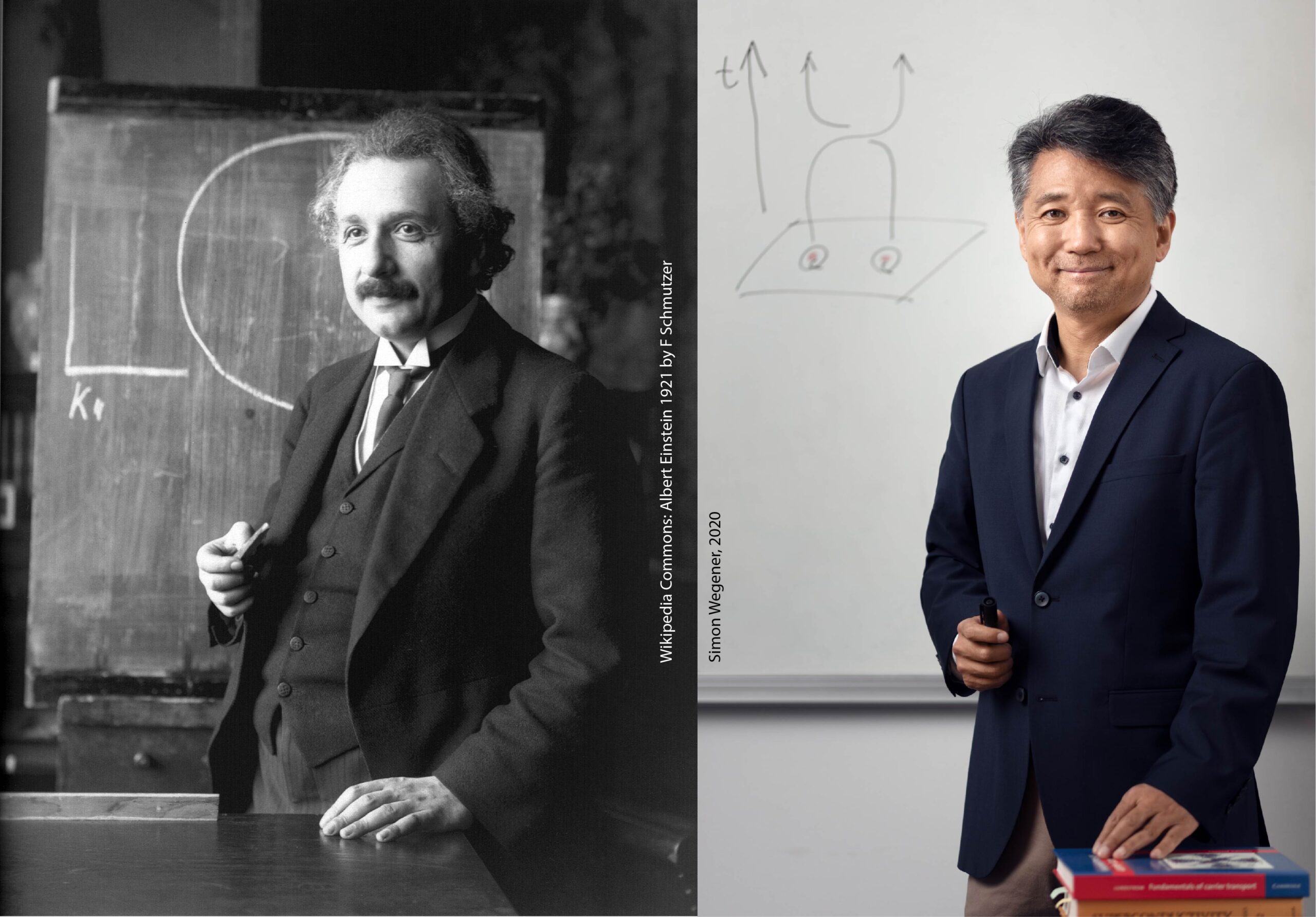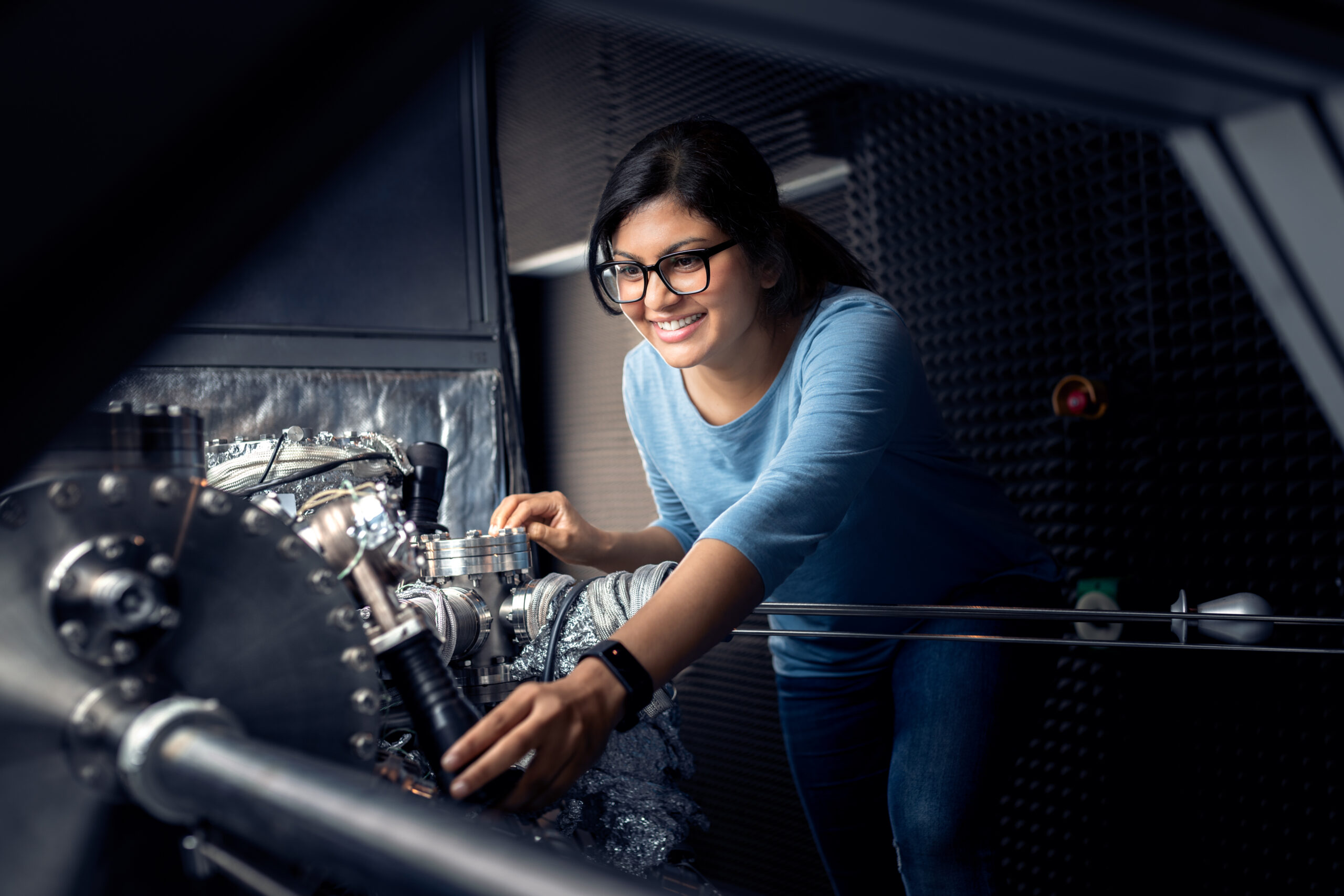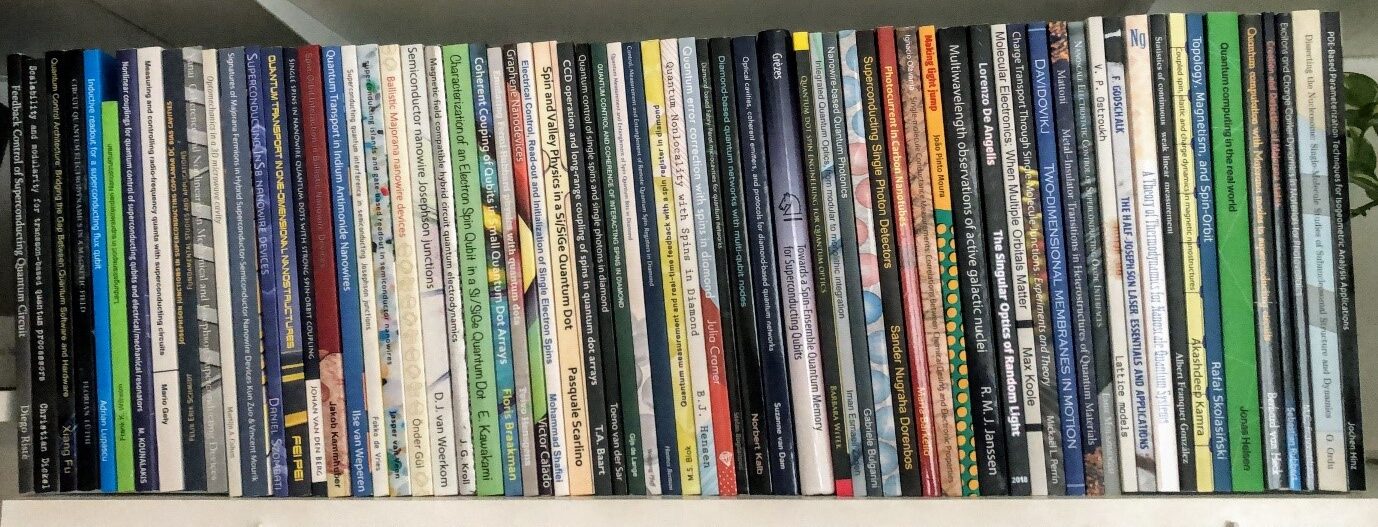Photo: © Sebastian Kindel
Inside ARQUE
Sebastian Kindel on his PhD journey and joining the quantum hardware startup
When we think about groundbreaking startups, our minds often jump to Silicon Valley, sleek software, or flashy apps. But some of the most transformative innovation is happening quietly, deep in the heart of academic labs—like those of our ML4Q cluster. One of the most remarkable examples is ARQUE Systems, a high-tech spinoff that’s aiming to develop quantum computing systems reaching far beyond current capabilities based on electron spins in silicon.
The Birth of a Quantum Hardware Startup
Founded in 2022, ARQUE Systems emerged from a highly ambitious vision: to build scalable quantum computers using electron spins in silicon. That vision took shape through years of collaborative research at RWTH Aachen University and Forschungszentrum Jülich, particularly within the ML4Q Core Project P3.3.
At the core of ARQUE’s technology is electron spin shuttling—a revolutionary technique that enables quantum bits (qubits) to move coherently across a chip. This innovation solves one of the field’s central challenges: how to scale quantum processors without sacrificing performance. In fact, ARQUE’s approach allows for the integration of up to 1 million qubits on a single square centimeter chip while maintaining high fidelity—something previously considered out of reach in the quantum world.
Crucially, ARQUE didn’t stop at the lab bench. With support from the BMBF-funded QUASAR project and in close collaboration with Infineon in Dresden, the team successfully transferred their research into industry-grade semiconductor production lines. This was a major step—not just for the team, but for quantum hardware commercialization more broadly.
Silicon wafer with hundreds of industry-grade quantum computing units utilizing ARQUEs technology. Chip manufacturing done by Infineon Dresden. (Photo taken by R. Otten, ARQUE Systems)

In the Bluhm Lab (from left to right: René Otten, Hendrik Bluhm, Jan Klos, Bingjie Chen and Sebastian Kindel)
The People Behind the Innovation
Scientific breakthroughs often hinge on brilliant ideas—but it’s people who bring those ideas to life. In ARQUE’s case, the founding team includes experts like Prof. Hendrik Bluhm and Dr. Lars Schreiber as scientific directors and joint CTOs as well as Dr. Markus Beckers and Dr. Wolf Meissner as managing directors. Together, they’ve guided the transition from research prototype to real-world product.
Among those who’ve been on this journey from the very beginning is Sebastian Kindel, who first joined the ML4Q cluster as a PhD student. Since February 2024, he took up project management responsibilities at ARQUE Systems. We had a chat with Sebastian to hear his personal story of transitioning from academia to startup life.
Can you tell us about your project as a PhD candidate in the ML4Q cluster?
My project sits somewhat on the outskirts of our group’s mainstream research. While the rest of the team has shifted focus toward silicon-based qubits, I’ve continued working with traditional GaAs (gallium arsenide) qubits. The reason is that GaAs qubits can be optically coupled due to the material’s direct band gap. My goal is to establish a novel optical interface using electrostatic exciton traps as artificial quantum dots, as an alternative to the popular epitaxially grown variety. The advantage here is precision: we can deterministically place these electrostatic quantum dots in direct tunnel coupling distance to gate-defined quantum dots. Practically speaking, this involves fabricating and studying ultra-thin GaAs membranes hosting these exciton traps and probing their electrical and optical properties. It’s an unconventional project with lots of unexplored avenues, which makes it highly interesting.
What first attracted you to the quantum computing field—and to electron spin shuttling specifically?
When I joined the field nearly a decade ago, electron spin shuttling wasn’t even on the map yet. What drew me in was the societal and economic promise of quantum computing. The potential was already very clear – the technology was just in a very different state. It has been interesting to watch the field mature and see semiconductor spin qubits and electron spin shuttling emerge as one very strong contender for quantum computing hardware.
How did you experience the founding phase of ARQUE? How did this affect your PhD project?
When ARQUE was founded, our group’s initial reaction was a healthy blend of excitement and skepticism. There were valid concerns about whether a commercial focus might shift attention away from fundamental research and scientific achievements. On the other hand, the visibility and funding opportunities brought by a startup are very intriguing. My own PhD project, being somewhat on the fringes of the group, remains largely unaffected, though.
When did you decide to join the ARQUE team and why? How was that compatible with finishing your PhD project?
I joined the ARQUE team when Jan Klos moved on to new challenges, leaving a need for good project management, something that academia and research groups often lack. I’ve always found fulfillment in collaborating closely with colleagues on projects and mentoring master’s and bachelor’s students, so stepping into this role felt like a natural progression. While the move wasn’t directly compatible with the timeline of my own PhD project and required extending my contract, the opportunity was very exciting. It allowed me not only to gather professional experience but also to actively contribute to the broader field of quantum computing.
What was the most surprising challenge when you took up your new job responsibilities?
The biggest surprise for me was realizing how diverse the interests and motivations of our project partners can be. Effective communication, coordination, and persuasion turned out to be far more critical than simply tracking timelines.
A less surprising, yet equally demanding challenge, was managing scientific research itself. It’s inherently unpredictable, something everyone with a degree in science knows, making some risks difficult to anticipate or mitigate beforehand. Striking a balance between careful planning and maintaining a competitive timeline has been the main challenge of my work.
What is your role now in ARQUE Systems? I guess you are still in the lab or do you have other office spaces?
I still spend time in the lab conducting my own research, but my role at ARQUE is quite dynamic. It involves participating in strategic discussions and planning, coordinating closely with our team members, and overseeing the progress of our projects and contracts. Additionally, I regularly meet with our industrial partners for planning and tracking purposes, and I support and guide the other PhD students, helping coordinate their research activities.
I appreciate being in a position to advocate for the students and bring forward perspectives that might otherwise be overlooked.
What has it been like working with your academic mentor(s)—now as managers in a company setting?
It’s been a very positive experience. Working together in this new setting has allowed me to see a different side of them, and it’s rewarding to tackle a big challenge collaboratively. Additionally, I appreciate being in a position to advocate for the students and bring forward perspectives that might otherwise be overlooked.
How would you describe the team culture at ARQUE? In what ways is it different from a research lab?
When economic factors come into play, the atmosphere inevitably changes. That said, ARQUE maintains a strongly collaborative, bootstrap mentality- we’re a small team, having ambitious plans, and naturally, this introduces a higher level of pressure. But there’s also a shared sense of purpose: we’re collectively driven to achieve something meaningful, not only for the company but to strengthen the spin qubit community and contribute positively to Germany’s and Europe’s standing in quantum technology.
What excites you most about the technology you're building at ARQUE?
The genuine potential behind the concept is what excites me most. Developing a truly scalable approach for quantum computing hardware is incredibly challenging, and while electron spin shuttling still faces uncertainties, it’s inspiring to work with a vision that is both clear and realistically ambitious.
Where do you see ARQUE—and the broader quantum computing ecosystem—in the next few years?
The next few years likely won’t deliver a sudden leap to quantum supremacy. Instead, they’ll be crucial in determining which technologies genuinely have the potential to scale up to millions of qubits. Right now, there’s a broad spectrum of approaches being actively explored and supported, but many startups will likely not survive this competitive environment. As the landscape consolidates, we’ll see clear frontrunners emerge, and the role of strong industry partnerships and backing will become increasingly essential.
What advice would you give other PhD students or researchers who are interested in staying near academic life and still joining a company team?
It’s important to have your priorities clearly defined. In my case, completing my PhD remains my primary focus, and ensuring my commitments align accordingly is sometimes difficult. Currently, as more companies invest significantly in quantum technologies, numerous interesting positions for research scientists are opening up, presenting opportunities for physics graduates. Joining a startup offers distinctive experiences and challenges that differ from those in larger corporate settings, providing opportunities for growth and personal development.
Looking Ahead
ARQUE Systems is proof that deep tech startups can grow from academic roots—when the right mix of research, vision, and persistence come together. As quantum computing races toward practical applications, ARQUE stands as a reminder that bold ideas born in university labs can—and should—shape the next technological revolution.
And for researchers like Sebastian Kindel, it’s more than a career shift. It’s a journey of turning scientific insight into real-world impact.
